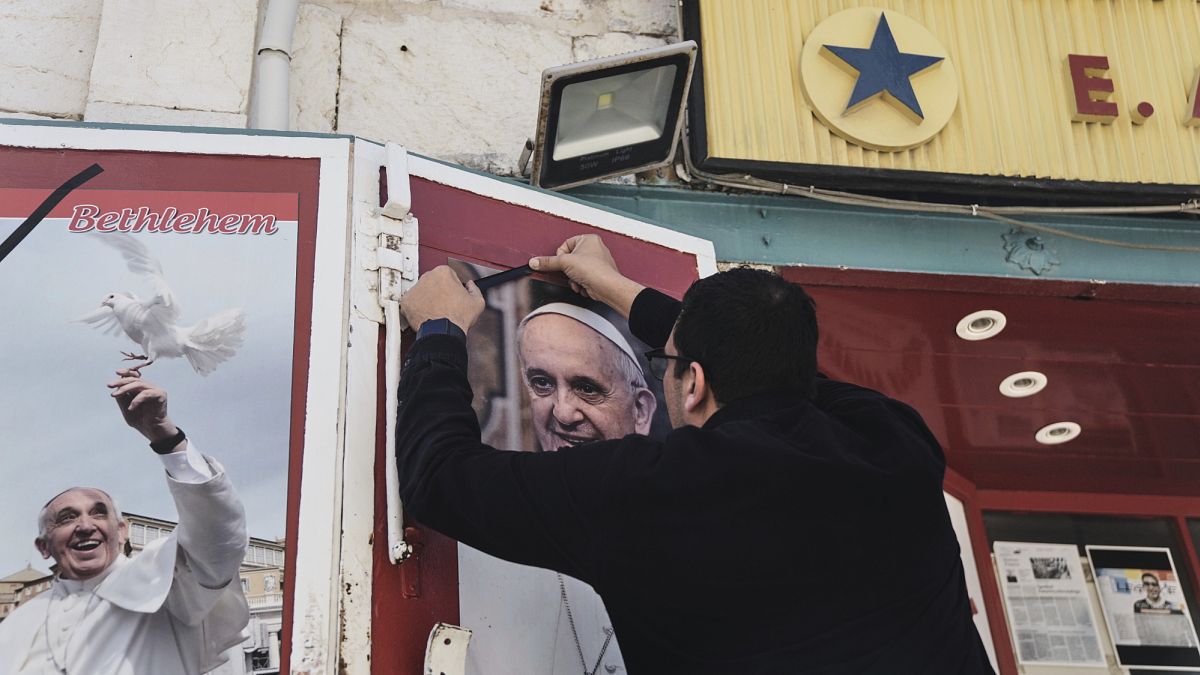How Barcelona and Real Madrid Shaped Modern Football

Few rivalries in sport carry the global weight and historic influence of Barcelona and Real Madrid. These two Spanish giants have not only dominated their domestic league for decades but have also left a lasting imprint on how football is played, watched, and understood. Their legacy extends well beyond La Liga, shaping the tactical, commercial, and cultural contours of the modern game.
Foundations of Power
Both clubs emerged in the early 20th century but quickly came to represent more than just football. Real Madrid, backed by its royal patronage and later supported by the Franco regime, built an identity around dominance, prestige, and success. Barcelona, rooted in Catalan nationalism and regional pride, became a symbol of resistance and identity. This political contrast intensified their sporting rivalry, adding layers of meaning that went far beyond the pitch.
Tactical Innovation and Philosophy
Real Madrid’s success in the mid-20th century was driven by individual brilliance and physical dominance. The team that won five consecutive European Cups in the 1950s featured legends like Alfredo Di Stéfano and Ferenc Puskás, who transformed attacking football with their fluid movement and lethal finishing. Madrid’s approach was based on adaptability and ruthlessness, setting the tone for how top European clubs would approach continental competition.
Barcelona took a different path. Their youth academy, La Masia, became central to the club’s vision. Johan Cruyff’s arrival as a player and later as a manager established a philosophy rooted in possession, space, and intelligence. His version of ‘Total Football’ laid the foundation for the tiki-taka style perfected under Pep Guardiola. That philosophy did more than win trophies. It redefined how teams could control matches through patience and positioning rather than power and pace.
The Global Stage
The international popularity of both clubs accelerated with the rise of televised football. Their fierce rivalry, El Clásico, became a broadcast event watched by hundreds of millions. As Spanish football’s most marketable fixture, it helped shape the global broadcasting model, encouraging leagues and clubs across the world to position rivalry as entertainment.
Madrid and Barça also drove the growth of global fan culture. From shirt sales and sponsorships to global tours and social media dominance, they expanded football’s commercial potential. Their ability to sign and promote superstars like Ronaldinho, Messi, Ronaldo, and Zidane turned footballers into global icons and set the template for modern sports marketing.
Player Development and Legacy
Barcelona’s focus on youth development produced a generation of homegrown stars who dominated world football. Xavi, Iniesta, and Messi were not just successful; they embodied a system that prioritised technical skill and football intelligence. Their influence stretched to national teams, most notably Spain’s 2008–2012 side, which won two Euros and a World Cup playing a Barça-inspired style.
Real Madrid, on the other hand, perfected the art of the ‘Galáctico’ model. The club’s ability to attract world-class talent became a hallmark of its identity. While criticised at times for neglecting homegrown development, Madrid’s big-name approach helped shape the era of superstar-driven football. Players became brands, and the line between sport and spectacle blurred further.
Cultural Impact
Few clubs have managed to become cultural institutions. Barça’s motto, Més que un club, is not empty branding. It reflects a deeper political and cultural role, especially in Catalonia. Real Madrid, meanwhile, has embraced its role as the standard-bearer of success, leaning into its status as the most decorated club in European history.
Their rivalry reflects tensions between centre and periphery, tradition and rebellion, power and defiance. Through their success and symbolism, both clubs have shaped conversations not only about football tactics and business, but about identity and influence.
Conclusion
Barcelona and Real Madrid are more than successful clubs. They are architects of modern football’s style, structure, and spirit. Their contrasting philosophies, global reach, and cultural significance have reshaped how the game is played and perceived. The influence of their rivalry extends into every corner of the footballing world and continues to shape its future.
What's Your Reaction?
 Like
0
Like
0
 Dislike
0
Dislike
0
 Love
0
Love
0
 Funny
0
Funny
0
 Angry
0
Angry
0
 Sad
0
Sad
0
 Wow
0
Wow
0





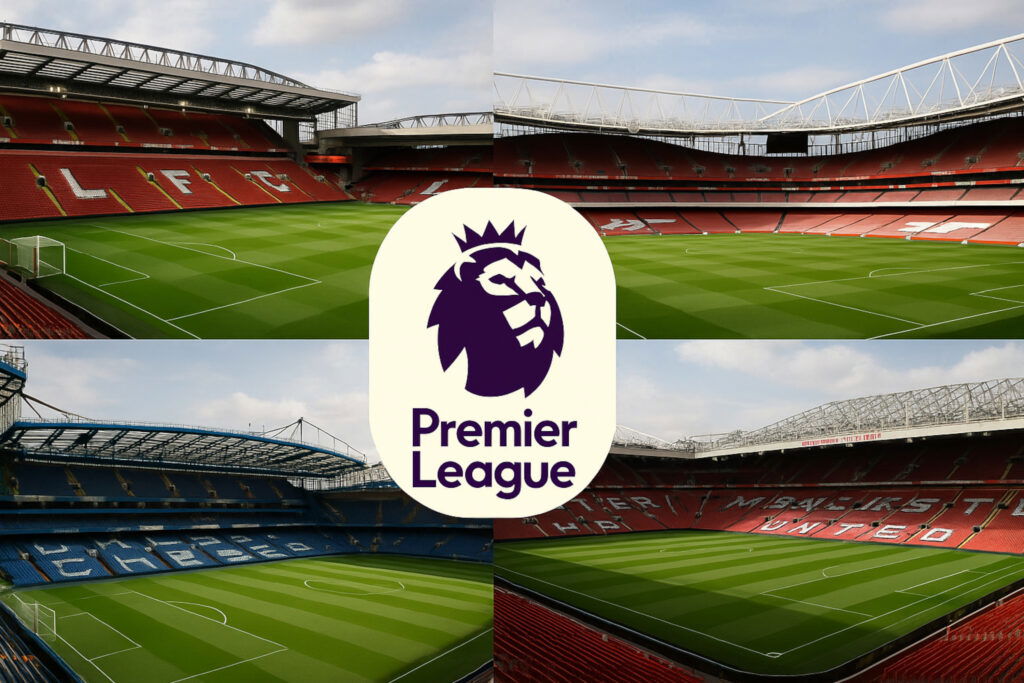












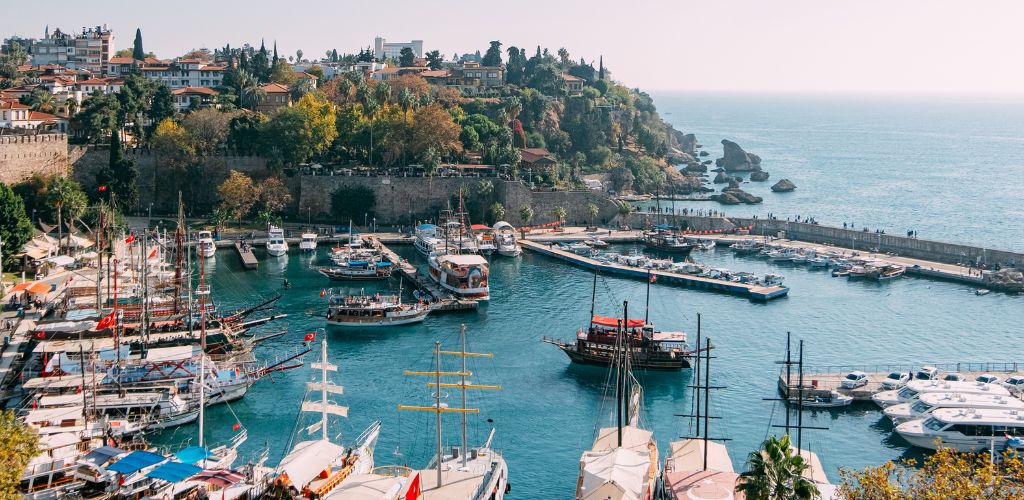
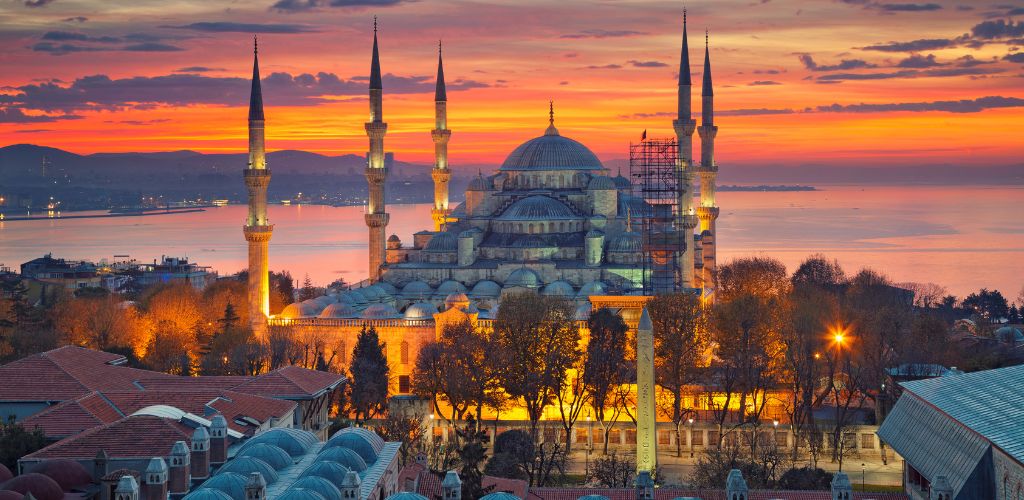
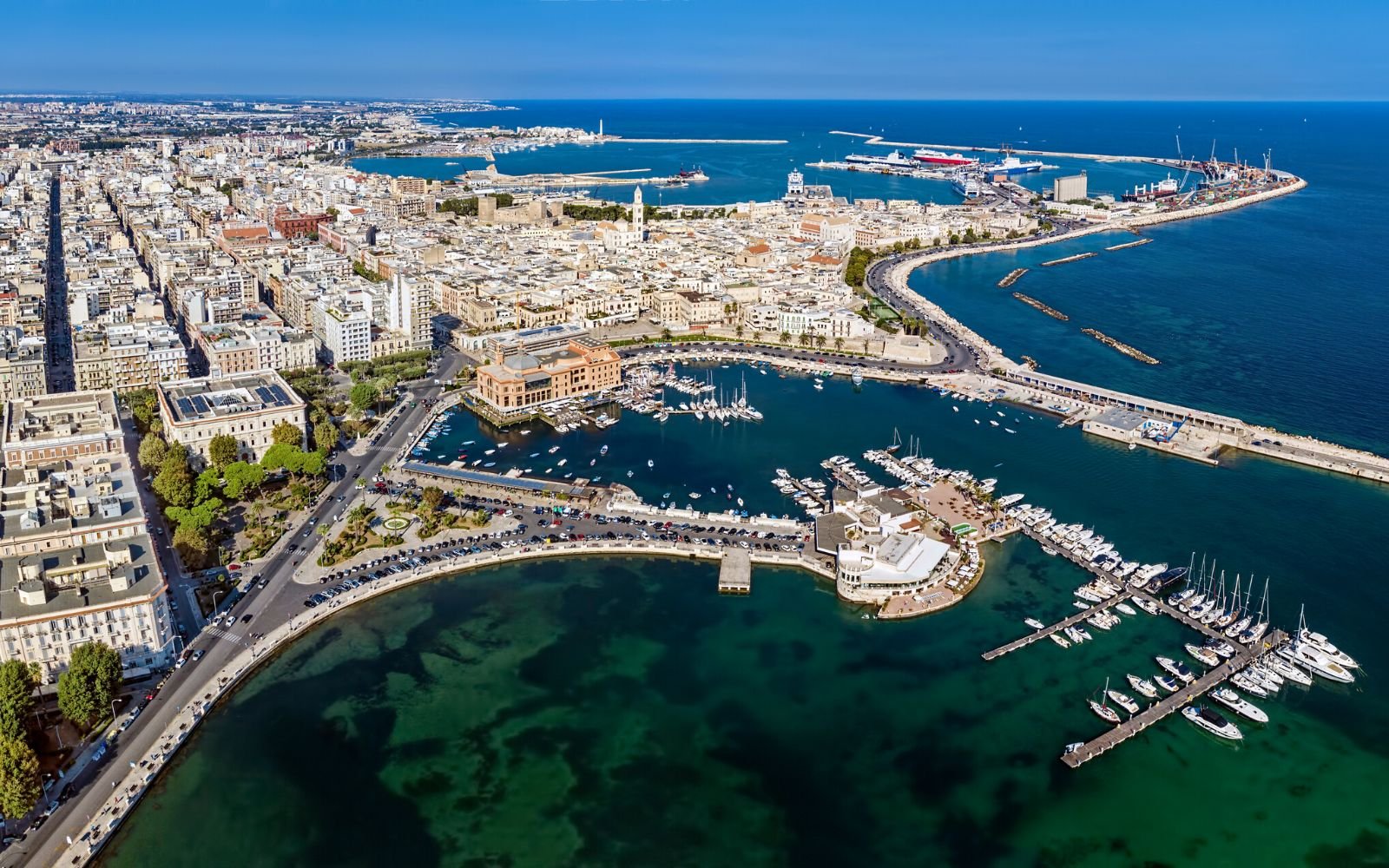
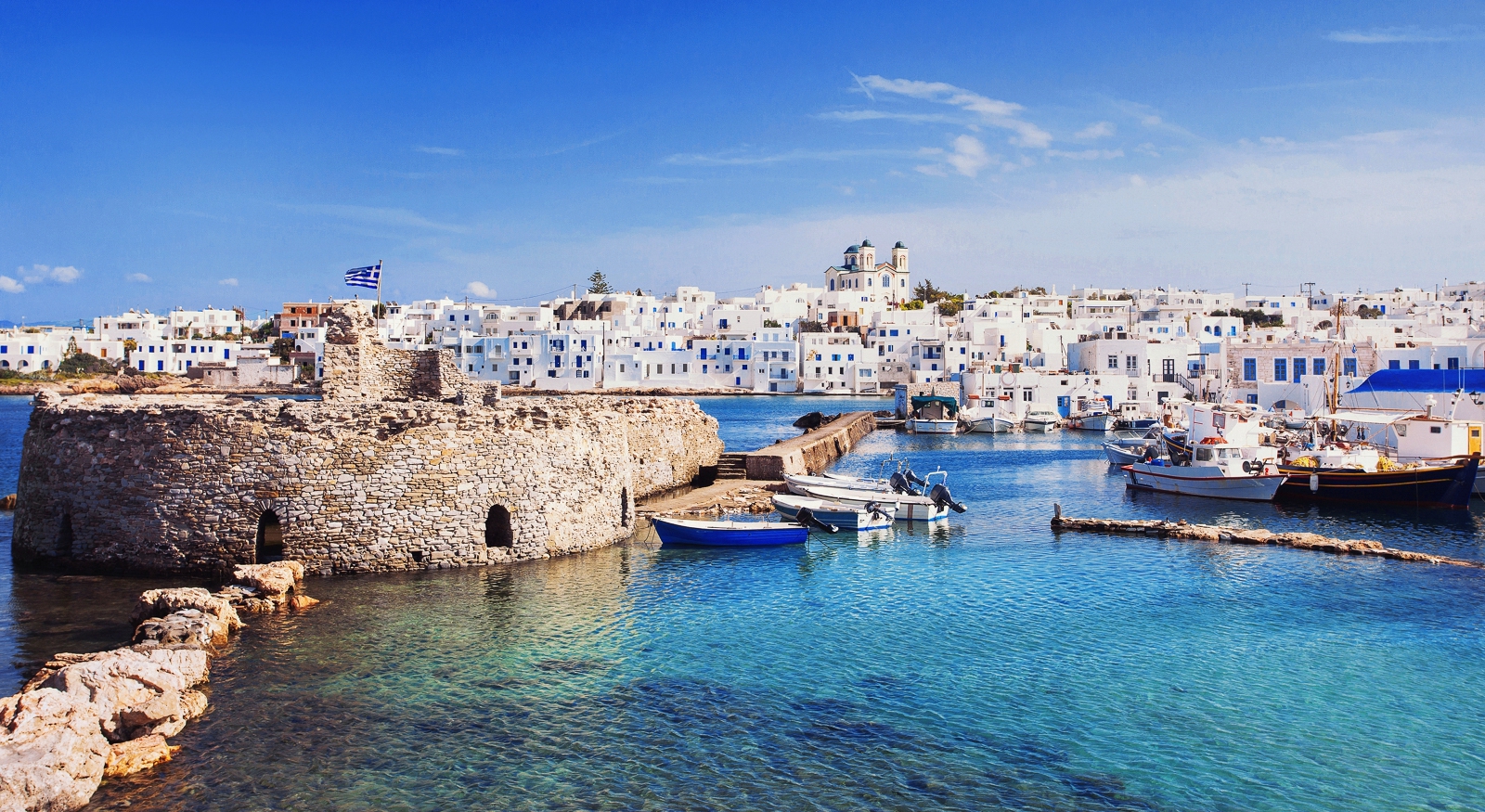






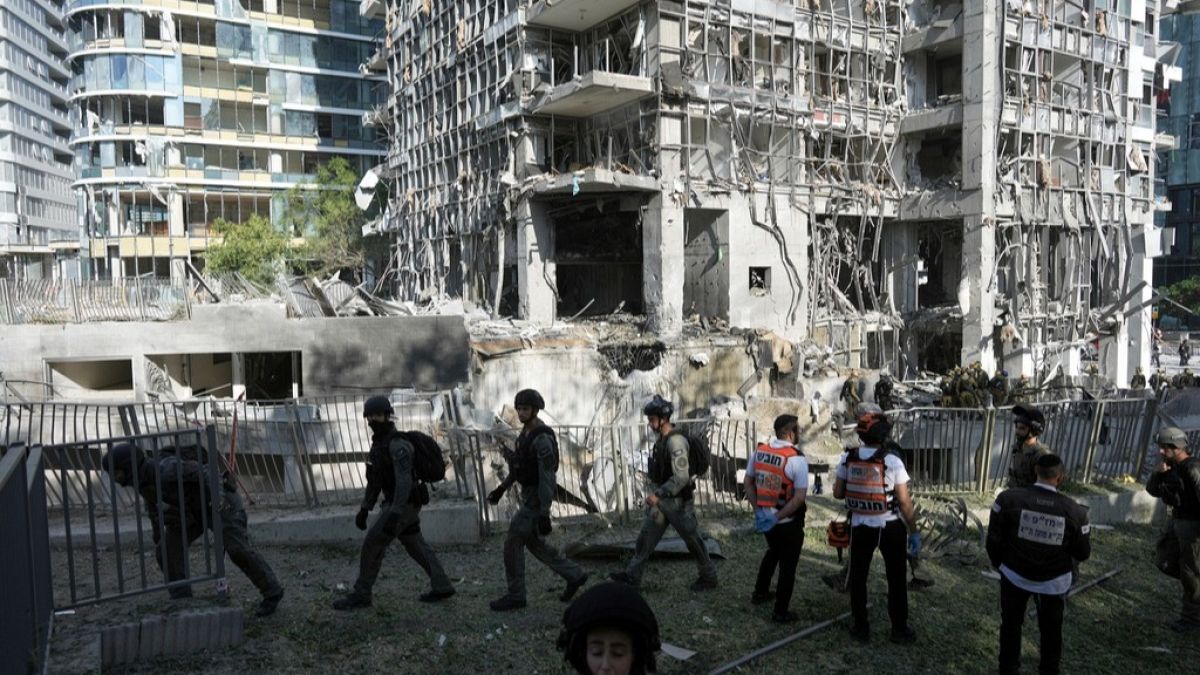

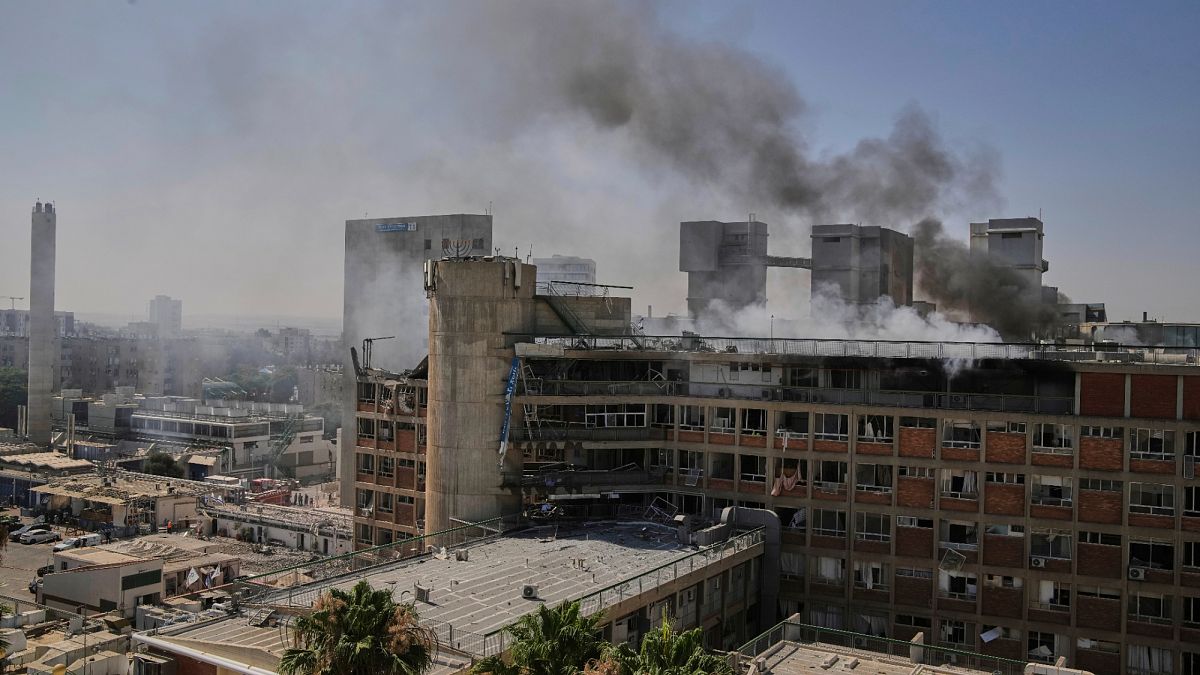









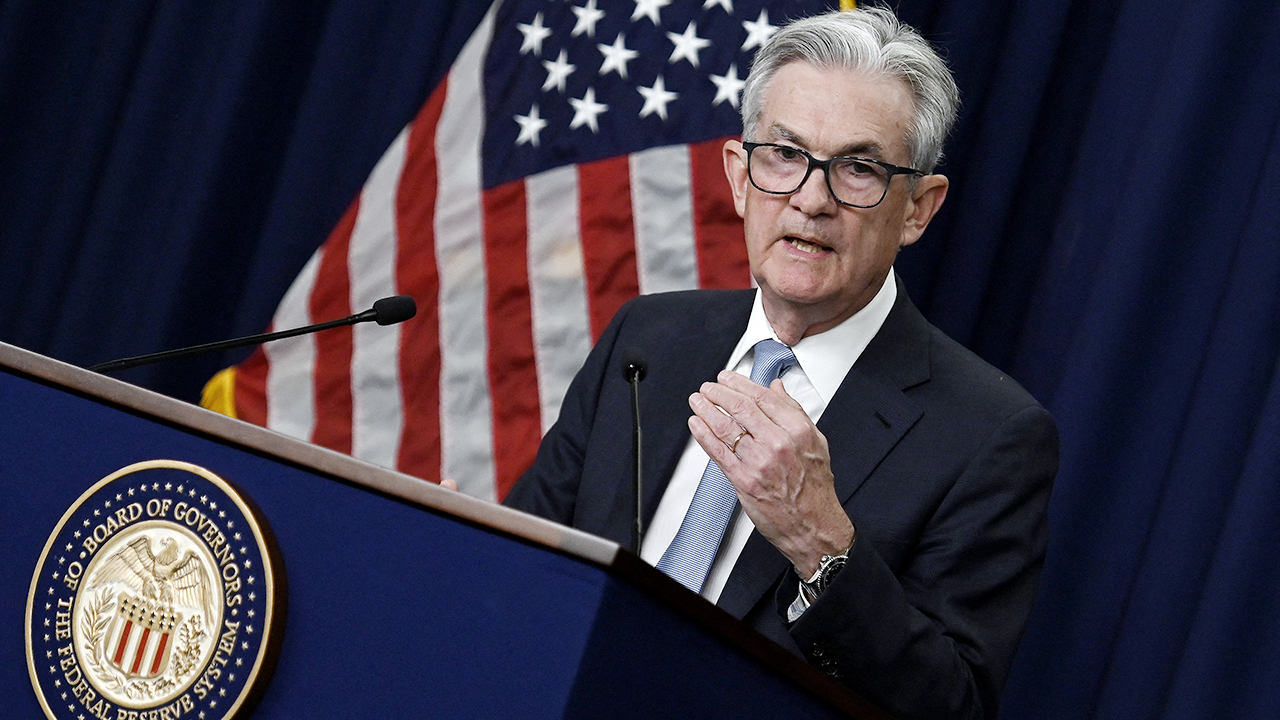




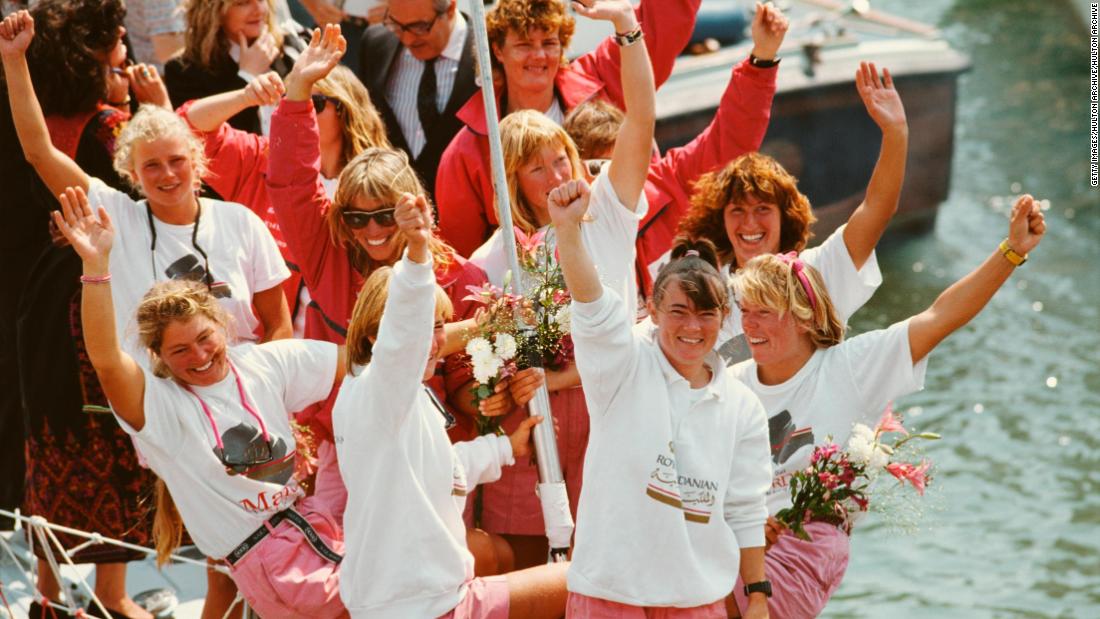
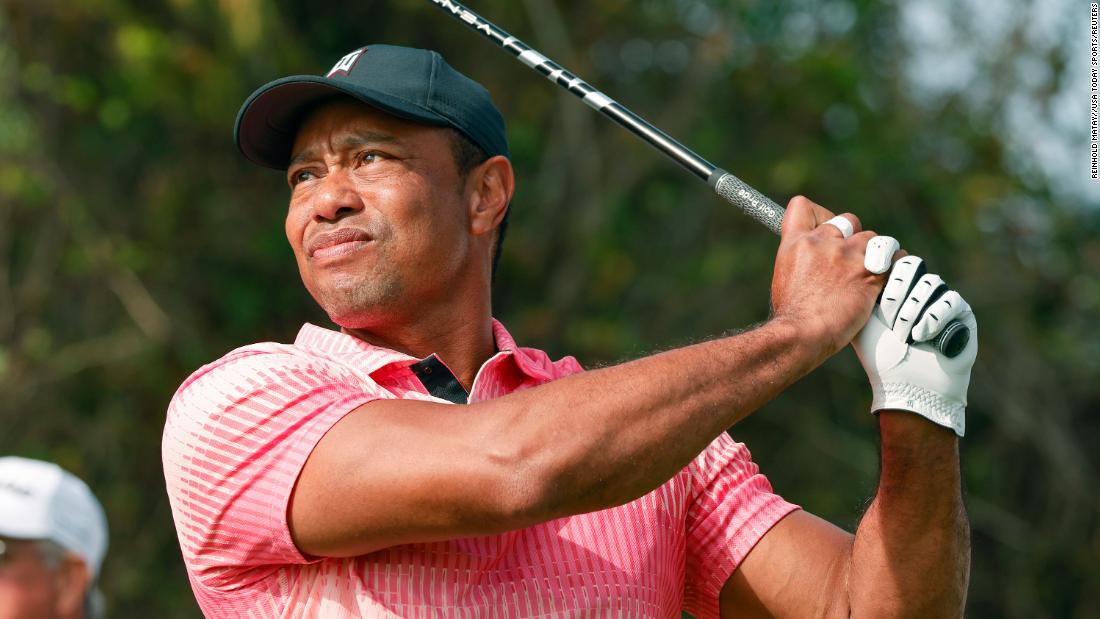

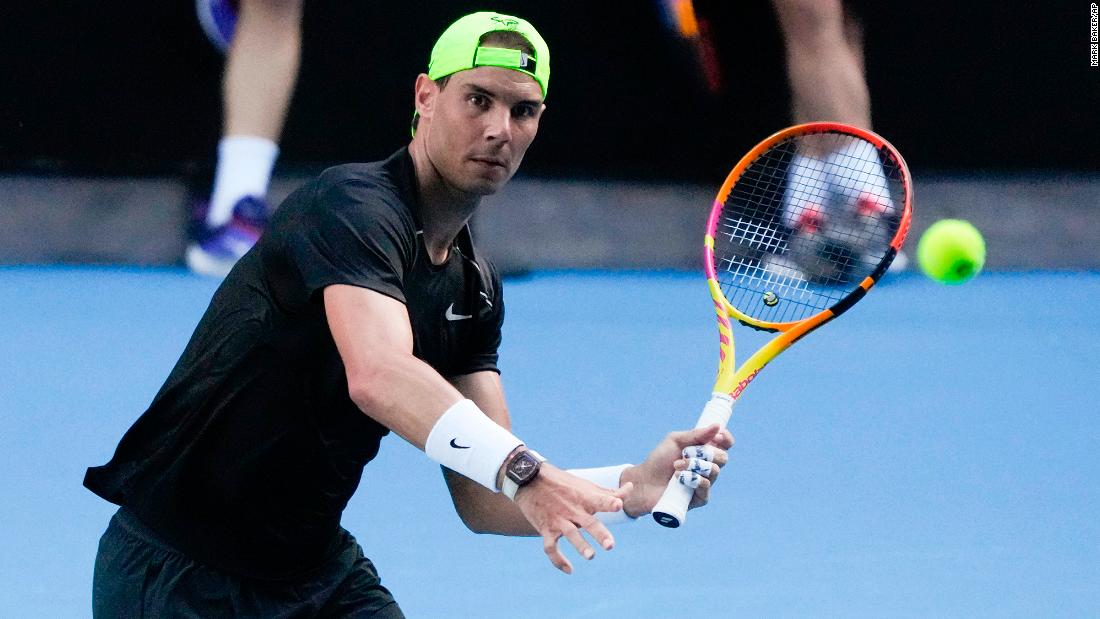
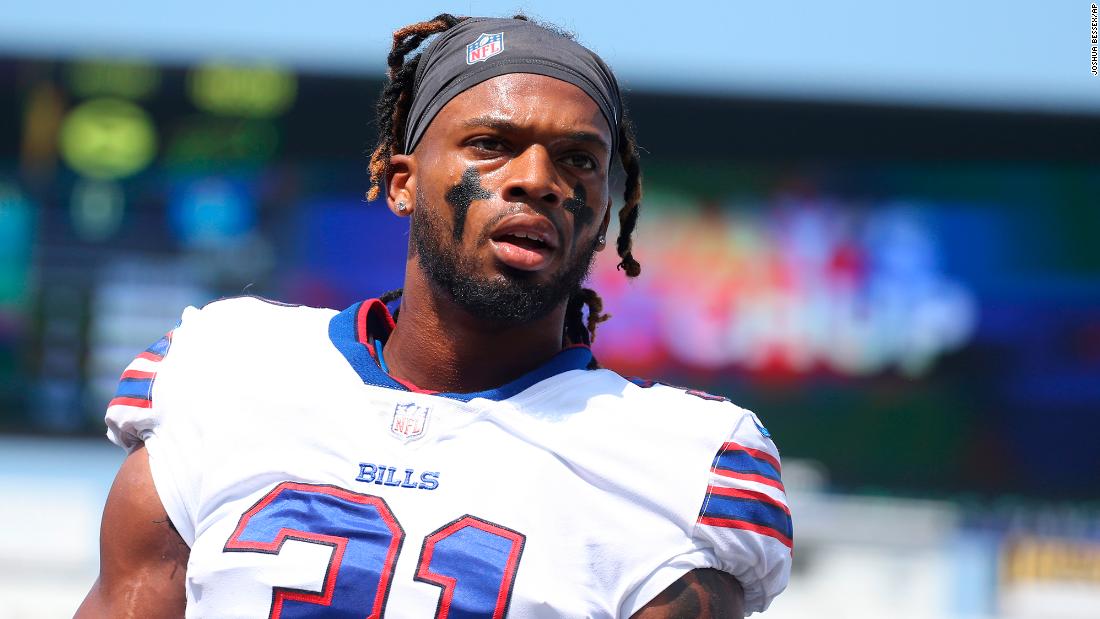
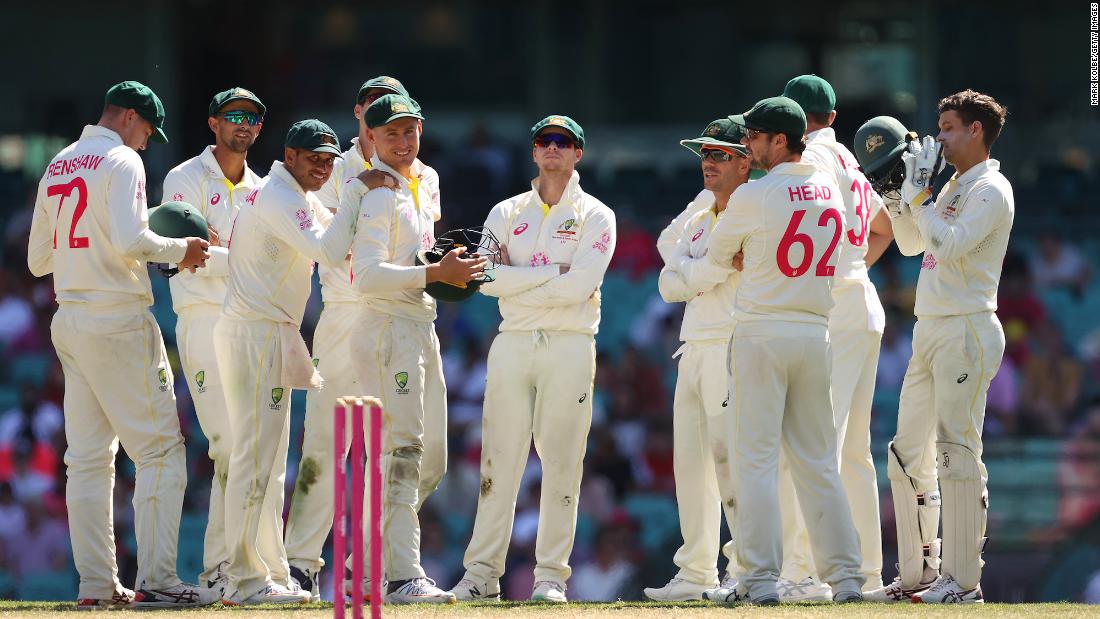


.png?Expires=1838763821&Key-Pair-Id=K2ZIVPTIP2VGHC&Signature=IO0~CT3pU-TcxGc~yoZSmoQx23MZVuK-~4jSii~NKEblRmyO3el7NXPu~Rh1o23voASg7hlcHLw4kvQuDK1jssEhcjoNBBvEpZ~GGOAU6yosBhpHpeF179F~h7i6VxmsBNh9gtTutkoqY73O2YCFey~IAqSzKbBqETP1kP9cAg1916Z1YkJJs-5MliMrkZ5d7-mWGLbpHp2wGj2VlMph8XzYlL4~y1O7fB~JdIS~Rs4RMRs2x0WT1qUIpHAsf3GdwtOyAmKFSpIg8xCyNGZZ5h~13nXlmpd7uPvW8tBfttpG9pFTqcway-uch5WyfHOEfi7UlJCOWrr6fCYY5PMgSg__)







